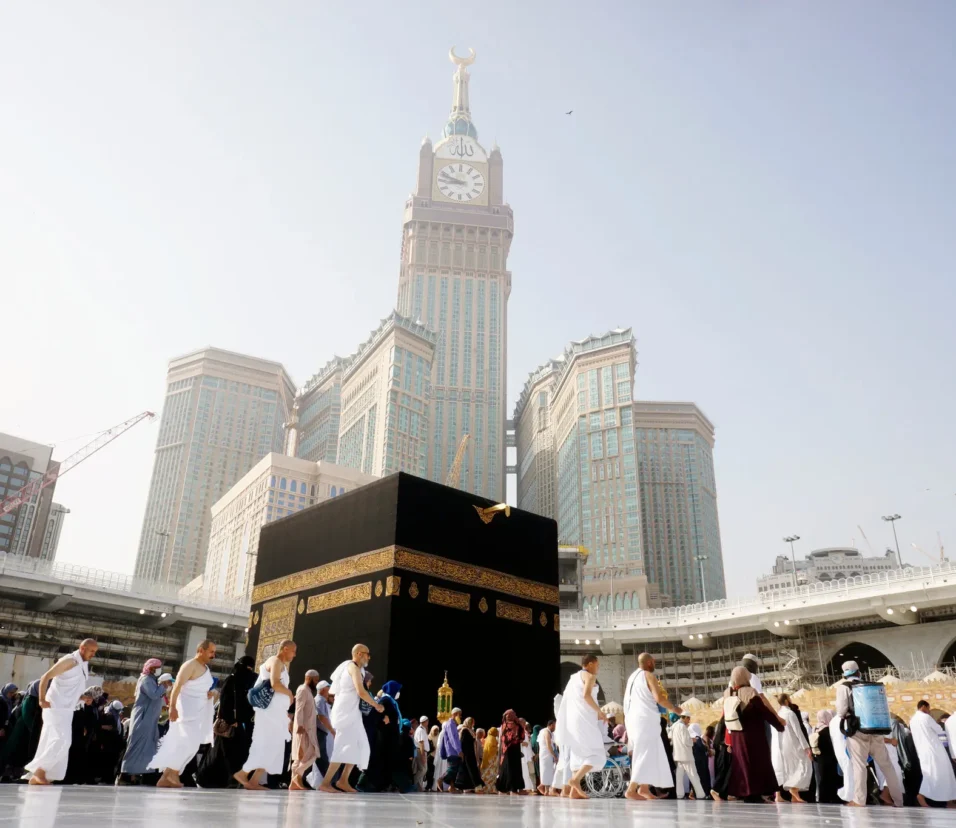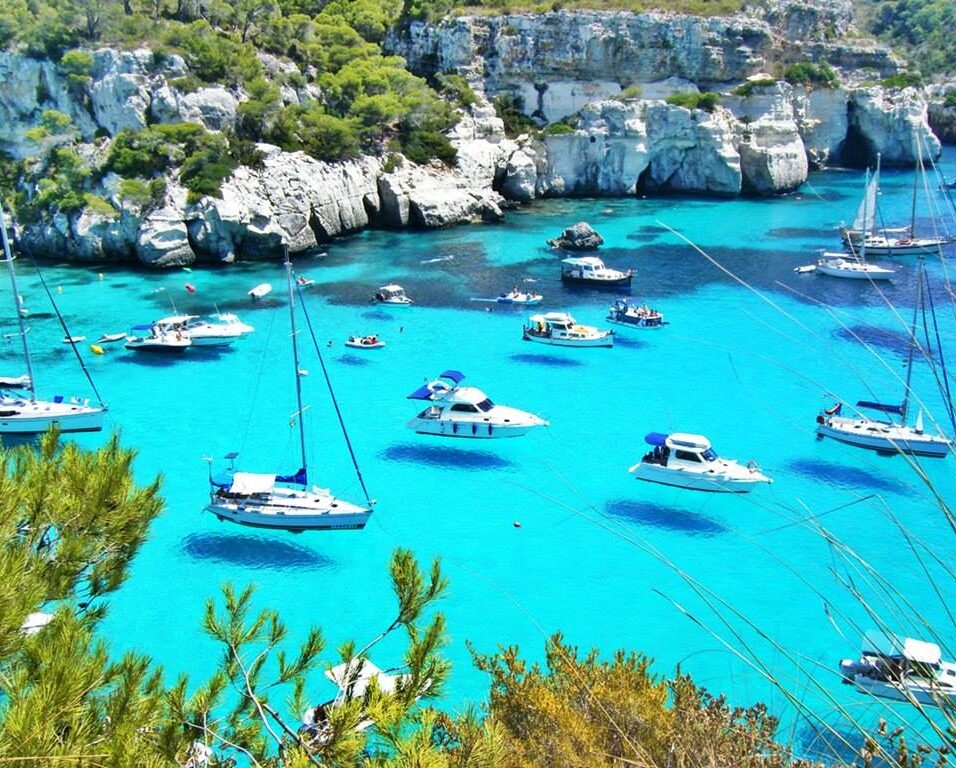Bageshwar
Bageshwar District, located in Dev Bhoomi Uttarakhand, is revered as Lord Shiva’s abode and is believed to be a land of salvation. The view of the Neel Parvat (blue Himalaya) from Bageshwar is believed to free the soul from the cycle of birth and death.
Bageshwar is highly revered by the Kumaun people and is mentioned in Hindu mythology Skanda Puran as the most pious land on earth blessed by Lord Shiva, as well as Lord Shiva’s home next to Baranashi. According to the Skanda Purana, Bageshwar was established as another Baranasi on Lord Shiva’s orders. The holy confluence of the Saryu, Gomti, and Bhagirathi rivers has the ability to liberate souls.
History and Legends of Bageshwar District
Bageshwar was formerly a tehsil in Almora district. On September 15, 1997, Bageshwar tehsil was separated from Almora district to form an independent district called Bageshwar.
Do you want to visit Char Dham? Char Dham Travel Agent is the best place to plan your Char Dham tour. You can book the tour from here.
Bageshwar is mentioned in the Skanda Puran, a Hindu mythology, as the place where gods and sages gathered to meditate on Lord Shiva. The Bageshwar region is considered pious, and devotees believe that those who die in Bageshwar achieve salvation.
According to the Skanda Puran, Rishi (sage) Basistha was bringing the pious Saryu river under the direction of Lord Brahma. Rishi Markendaya was meditating at the time, making it impossible for Saryu to come. Basistha prayed to Lord Shiva for help. Lord Shiva arrived in the form of a lion (Byaghra), while Goddess Parvati appeared in the form of a cow (gau). The Byaghra attacked the Gau, and Gau cried, prompting Rishi Markendaya to open his eyes and assist Gau. When Markendaya left his position, Saryu was free to flow or come down.
Lord Shiva, in the form of Byaghra (lion), responded to Markendaya rishi, and the holy site was established as Baghreshwar, later renamed Bageshwar. Baghreshwar originally referred to the adobe in which Lord Shiva appeared as Byaghra (lion), whereas Bageshwar refers to Bag (tiger). Later, in 1450 AD, a Chanda dynasty king named Laxmi Chanda established the Bageshwar temple.
Would you like to visit Indiar? A tour operator in India is the best place to plan your tour. You can book a tour from here.
Bageshwar District Tourism
Bageshwar is a geographically and naturally favored district. Bageshwar district, home to the most beautiful snow-capped Himalayan ranges and mesmerizing rivers, attracts thousands of tourists from both within and outside Uttarakhand state. The well-known Himalayan peaks Nanda Devi, Trishul, Nandakot, and others contribute to travel agents in haridwar Bageshwar’s beauty and popularity. These Himalayas are significant in Hindu religion because they are the home of Goddess Nanda (Parvati) and Lord Shiva. Tourists love the Himalayas of Uttarakhand, particularly Nanda Devi, Trishul, and Nandakot, for their beauty and the natural energy they exude.
The Saryu, Gomati, and Pindar rivers flow through Bageshwar, providing tourists with an enchanting view while also adding to the district’s beauty. In addition to Surkunda lake and Mailkoti hill, two popular trekking destinations in Bageshwar district are Sundardhunga and Kafni glacier. Other tourist attractions in Bageshwar include Kausani, Pindari Glacier, Baijanath Temple, Bhramari and Nanda Mandir, Mool Narayan Mandir, Kashi Devi Mandir, Nolinh Mandir, and Sangatkhaleshwar Mahadev Mandir.
Bageshwar District Administrative Setup
The Bageshwar district is divided into four tehsils and three development blocks. Bageshwar district has 17 allopathic hospitals, 25 ayurvedic hospitals, 2 community health centers, and 9 primary health centers to serve the general public’s health needs. Bageshwar district has 676 primary schools, 104 middle schools, 91 secondary and senior secondary schools, and three colleges to ensure easy and affordable access to education.
Bageshwar is surrounded by three districts: Chamoli to the west and north-west, Pithoragarh to the north-east and east, and Almora to the south.
Would you like to visit Haridwar? Travel agents in Haridwar are the best place to plan your trip. You can book your tour right here.
Economy of Bageshwar
People in Bageshwar cultivate wheat, rice, maize, and barley crops. The main fruits in Bageshwar are leechi, mango, amla, and jamun. Vegetables grown in Bageshwar include potatoes and onions. Cereals such as manduva, bajra, masoor, pea, and rapseed are widely grown here. Bageshwar has a large area covered in forest, with more char dham yatra tour operators barren and uncultivated land than expected. Using these lands would boost the economy of Bageshwar. The trees in Bageshwar forests include deodar, banj, burans, chir, and lantana.
There are no large or medium-sized industries in Bageshwar. The main exportable items from Bageshwar are forest-based products like Lisa, aromatic and medicinal herbs, and woolen products. Hotel, resort, adventure, and religious tourism; nursing homes; tire retreats, automobile body building, automobile workshop; ropeway; cyber café, and computer training institute are all potential service industries. Soap, fruit processing, copper utensils, woolen, herbal, floriculture, steel, and mini-hydropower are all possible production industries.
Population
According to the 2011 national census, Rudraprayag district has a total population of 259,898, with 135,572 females and 124,326 males. The child population aged 0 to 6 is 35,560, with 16,881 girls and 18,679 boys. The urban population accounts for 3.49% of the total population, totaling 9,079 people. Rural areas account for 96.51% of the population, which totals 250,819 people.
Bageshwar’s literacy rate stands at 80.01%.
| Total Area | 2,241 Sq. Km. | |||
| Particulars | Total | Female | Male | Remarks |
| Population | 259,898 | 135,572 | 124,326 | Growth rate: 4.18% change as of 2001 |
| Sex ratio | 1090 women per 1000 men | |||
| Literate population | 179,483 | 81,937 | 97,546 | |
| Literacy rate (%) | 80.01 | 69.03 | 92.33 | |
| Child population (age 0-6) | 35,560 | 16,881 | 18,679 | 13.68% of total |
| Child sex ratio | 904 girls per 1000 boys | |||
| Urban Population | 9,079 | 4,368 | 4,711 | 3.49% of total |
| Urban sex ratio | 927 women per 1000 men | |||
| Urban literate population | 7,317 | 3,359 | 3,958 | |
| Urban Literacy rate (%) | 90.74 | 86.06 | 95.12 | |
| Urban Child population (age 0-6) | 1,015 | 465 | 550 | 13.77% of total |
| Urban Child sex ratio | 845 girls per 1000 boys | |||
| Rural population | 250,819 | 131,204 | 119,615 | 96.51% of total |
| Rural sex ratio | 1097 women per 1000 men | |||
| Rural literate population | 172,166 | 78,578 | 93,588 | |
| Rural Literacy rate (%) | 79.61 | 68.45 | 92.22 | |
| Rural Child population (age 0-6) | 34,545 | 16,416 | 18,129 | % of total |
| Rural Child sex ratio | 906 girls per 1000 boys | |||
| Proportion to Uttarakhand Population | 3.27% |
Best time to visit Bageshwar.
Bageshwar district can be visited at any time of year. The lower region of Bageshwar is quite hot during the summer, whereas the upper region remains refreshingly cold throughout the year. Bageshwar offers tourists a pleasant environment and weather at any time of year. travel agents in haridwar Tourists prefer pleasant weather with the ability to roam freely during the summer, greeneries during the monsoon season, and clear surroundings in the spring, though the chilling cold of the winter months is also popular.
How to reach to Bageshwar?
By air: Pantnagar Airport. The nearest airport is Udham Singh Nagar, 180 kilometers from Bageshwar. Roadways must be used from Pantnagar Airport to reach any part of Bageshwar.
By rail: The Kathgodam railway station in Nainital is 149 kilometers from Bageshwar. Tourists must use roadways from the Kathgodam railhead to reach any part of the Bageshwar district.
By road: Bageshwar district has a well-developed road network that connects it to major cities in Uttarakhand, including Pithoragarh, Chamoli, Rudraprayag, Almora, Nainital, and Rudrapur.
Places to See in Bageshwar District
Bagnath Temple: King Laxmi Chand of the Chanda dynasty built the Bagnath temple, dedicated to Lord Shiva, in 1450 AD. Bageshwar town is home to the ancient temple Bagnath, which connects its mythological history to Lord Shiva and Sage Markendeya. Bagnath temple has a Sanskrit inscription from before it was built. During Shivaratri, millions of Hindu devotees visit the Bagnath temple. Every day, hundreds of tourists from all over come to visit the Bagnath temple in Bageshwar.
Chandika Temple: The Chandika Temple, dedicated to goddess Chandika (a form of goddess Parvati), is located approximately half a kilometer from Bageshwar town. Every year during Navaratras, pilgrims crowd the Chandika Devi temple, standing in line to offer pooja to the goddess and wish for a prosperous life.
Baijanath Temple: The Baijanath Temple, built in the Tailihata architectural style, is thought to have been built by a Brahmin widow woman who was kidnapped by a Kshetriya man in order to atone for her sins. Baijanath Temple is located in the village of Vaidyanatha, 26 kilometers from Bageshwar and 19 kilometers from Kausani. Vaidyanatha is another name for Lord Shiva. Sitting at the confluence of the rivers Gomti and Saryu in Katyur valley, the location was once the capital of the Katyur dynasty.





